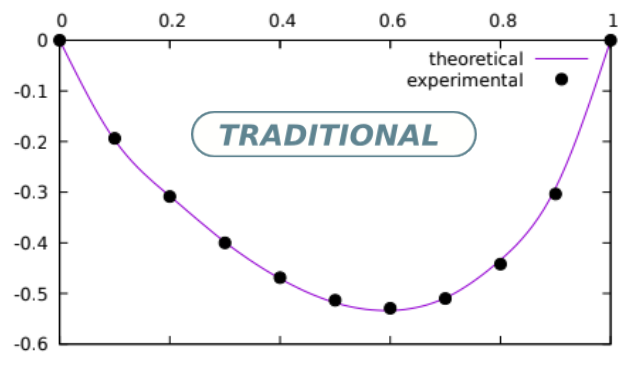Thermophysical behavior of mercury-lead liquid alloy
DOI:
https://doi.org/10.4279/pip.140005Keywords:
Thermophysical properties, Compound formation, Ordering, Surface tension, ViscosityAbstract
Thermophysical properties of compound forming binary liquid mercury-lead alloy at temperature 600 K have been reported as a function of concentration by considering HgPb2 complex using different modelling equations. The thermodynamic properties such as the Gibbs free energy, enthalpy of mixing, chemical activity of each component, and microscopic properties such as concentration fluctuation in long-wavelength limit and Warren-Cowley short range order parameter of the alloy are studied by quasi-chemical approximation. This research paper places additional emphasis on the interaction energy parameters between the atoms of the alloy. The theoretical and experimental data are compared to determine the model’s validity. Compound formation model, statistical mechanical technique, and improved derivation of the Butler equation have all been used to investigate surface tension. The alloy’s viscosity is investigated using the Kozlov-Ronanov-Petrov equation, the Kaptay equation, and the Budai-Benko-Kaptay model. The study depicts a weak interaction of the alloy, and the theoretical thermodynamic data derived at 600 K are in good agreement with the experimental results. The surface tension is slightly different in the compound formation model than in the statistical mechanical approach and the Butler equation at greater bulk concentrations of lead. The estimated viscosities in each of the three models are substantially identical.

Downloads
Published
How to Cite
Issue
Section
License
Copyright (c) 2022 Narayan Panthi, Indra Bhandari, Ishwar Koirala

This work is licensed under a Creative Commons Attribution 4.0 International License.
Authors agree to the PIP Copyleft Notice













